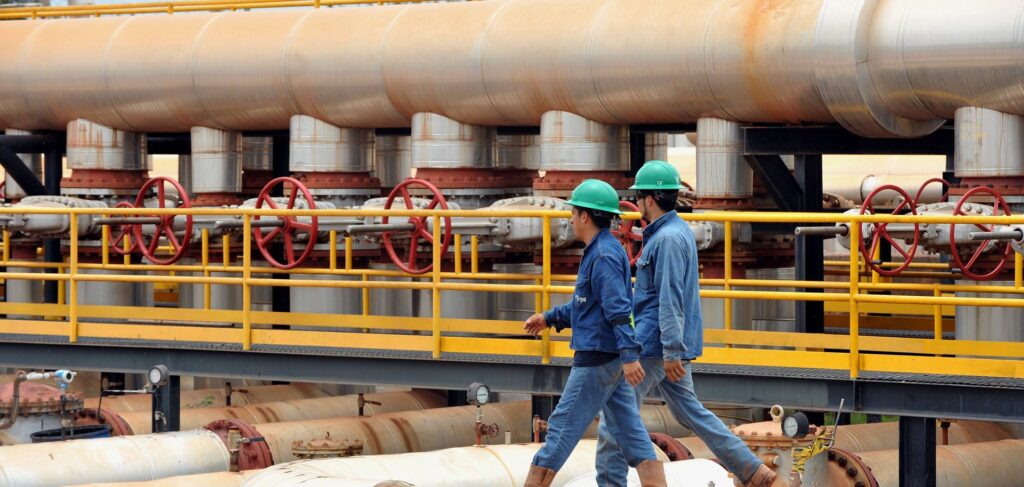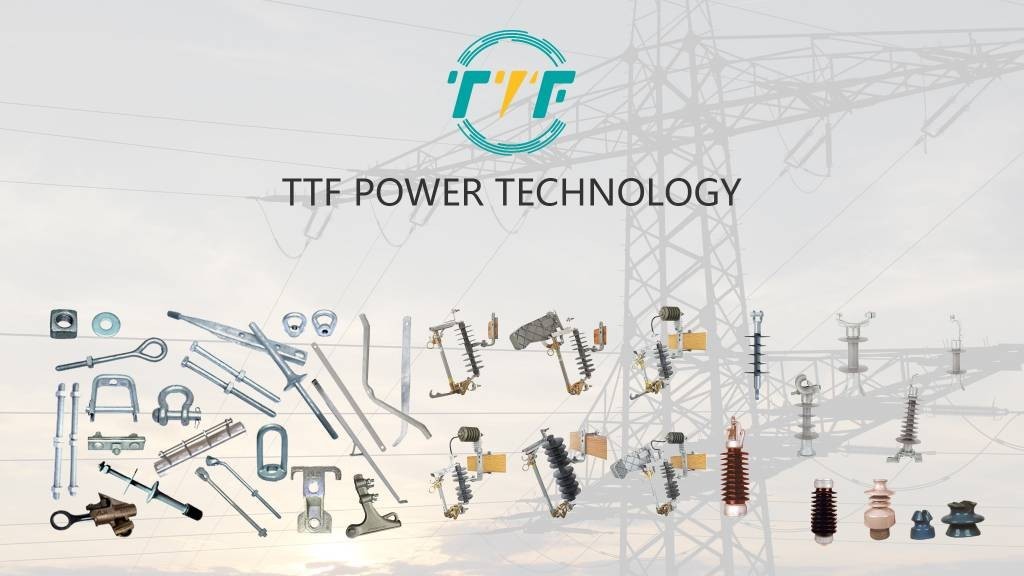
Colombia’s energy sector is at the point where oil production remains a core economic driver. Renewable energy is gaining strategic importance as the country aims to balance fossil fuel reliance with climate commitments. Oil accounts for 40% of Colombia’s exports and 10% of government revenue. State oil firm Ecopetrol dominates exploration and production, followed by private multinationals. Investments focus on enhanced oil recovery and exploration in unconventional reserves. Additionally, Colombia has rich solar potential, wind corridors, and hydropower throughout the Andes. However, the adoption faces challenges including infrastructure gaps, community opposition and slow permitting processes, and limited energy storage capacity, which makes grid integration difficult. Renewable energy can power oil operations, reducing the use of diesel. Oil revenues are a potential source of capital for renewable energy projects. Guy thimbles ensure the stability, safety, and efficiency of infrastructure. This is vital for drilling rigs, transmission towers, and pipeline support systems.
Guy thimbles prevent fraying, distribute load stress, and ensure a durable connection point for guy wires. Guy thimbles in oil and gas production anchor support structures, prevent cable wear, and maintain structural integrity under heavy loads. The guy thimbles secure the guy wires that keep drilling rigs upright in unstable terrain. A failed guy wire can cause rig collapse, leading to costly downtime and accidents. Oil operations in mountainous regions need guy thimbles that help anchor pipeline support cables to prevent sagging. Many remote oil operations depend on power transmission towers that use thimbles to stabilize cables. Using guy thimbles is crucial to Colombia’s oil infrastructure resilience to address their maintenance that can improve safety for workers, reduce operational disruptions, and lower long-term costs for oil and renewable projects.
Guy thimbles in Colombian oil operations
Guy thimbles play a crucial role in ensuring the mechanical integrity and safety of overhead power systems that support drilling, pumping, and transportation infrastructure. A guy thimble is a U-shaped metal fitting used in guy wire systems to protect wire loops from wear and deformation, distribute tension loads, and prevent fraying and damage where the guy wire wraps around hardware. It mostly functions in transmission towers, utility poles, and communication masts. Key roles of guy thimbles in oil operations include:

- Stabilizing transmission lines in oil fields—overhead power lines in oil operations supply energy for pump jacks, water injection systems, and compressor stations. Guy thimbles are at tension points of poles to towers to anchor guy wires that support poles, prolong the lifespan of the support structures, and prevent pole tilting.
- Supporting hybrid power installations—guy thimbles ensure that lightweight and tall structures stay stable under environmental stress. This is crucial with the shift toward solar and hybrid energy systems in oil operations and new transmission poles. They are mostly installed to carry low- and medium-voltage lines from solar farms and integrating battery storage systems and remote sensors.
- Enhancing safety in harsh field conditions—oil operations face harsh weather and corrosive environments. Galvanized steel guy thimbles are crucial for corrosion resistance, minimal maintenance, and preventing line failure.
Key obstacles to oil production in Colombia
Colombia’s oil sector is under pressure from environmental, political, social, and infrastructural challenges. Oil production and consumption face mounting obstacles that could reshape the energy future. Lack of policy coherence, investment in infrastructure, and community engagement results in risks in energy security and missing sustainability goals. The oil sector faces challenges such as no new exploration contracts, community resistance, remote fields, decarbonization targets reducing demand, and supply chain disruptions. Key obstacles include:

- Urban pollution and climate policy—oil-derived fuels contribute to urban air pollution in cities like Bogotá and Medellín. The government aims to reduce fossil fuel consumption in transportation.
- Transition to renewables and electrification—investment in solar, wind, and hydropower reduces the role of oil in the electricity sector. The electrification of transport, with EV adoption and hybrid fleets, may reduce domestic fuel consumption.
- Import dependence on refined products—the country still imports refined fuels due to insufficient refining capacity. This leads to price volatility, supply delays, and reliance on foreign refining hubs.
- Economic inefficiency—many rural and industrial consumers rely on price-subsidized diesel, which strains public finances. Inefficient fuel use in agriculture, mining, and transport contributes to waste and inflated energy costs.
